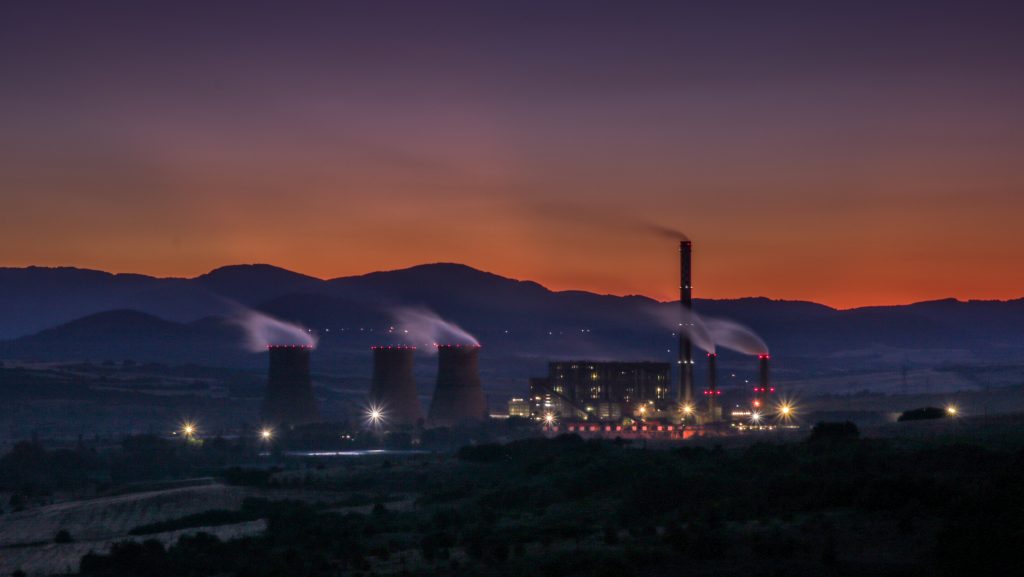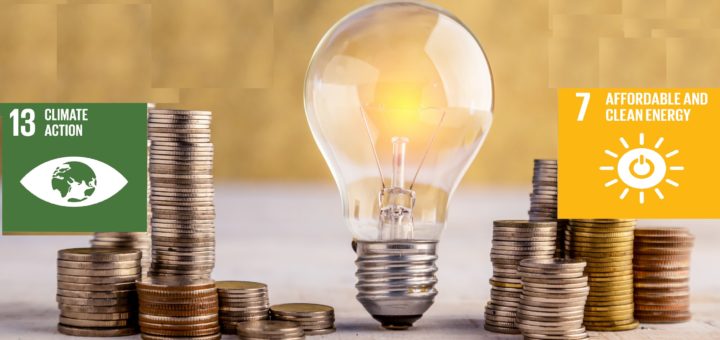The ICARIA project aims to improve our ability to manage climate change impacts on essential public infrastructure by developing advanced modelling tools. These tools are designed specifically to help decision-makers […]
Energy infrastructure
Access to electric power and land are now key locational issues for the datacentre sector and most Nordic countries are pitching for their business. We use a comparative case analysis to illustrate several interrelated themes in Norway and Iceland, as both develop their datacentre sectors, but to date in differing ways.
This post discusses the decarbonisation of the European Union (EU) from a biophysical perspective when analysing a shift to renewable energy. A complete decarbonisation of the economy is “feasible and viable” by the EU, and the main hurdles to decarbonisation are framed as financial. The H2020 MAGIC project modelled two pathways for the decarbonisation of the EU’s power sector to 2050, the first with high curtailment and the second with high storage.
CO2 emissions from non-electricity energy uses, e.g., industry, transport, and heating, are the greatest impediment to meeting Paris Agreement ambitions. For 1.5°C temperature increase limit; negative emissions technologies will become a necessity and implies a remaining carbon budget of just 200 billion tons of CO2 until 2100. Compared to the 4,000 billion tons of CO2 that would be emitted until 2100 if current trends continue. Future CO2 emissions must be kept within a finite budget.
Low carbon investments need to increase if the world is to achieve the Paris Agreement aim of keeping global warming below 2°C. A fundamental transformation of the global energy system can be achieved with a comparatively modest increase in overall investments. Shift of investments away from fossil fuels and toward renewables/energy efficiency is needed. Current incentives like the NDCs will not provide sufficient impetus for the “pronounced change” that are needed for the energy system.
Deploying popular renewable energy technologies at scale requires significant amounts of land compared with most fossil fuels. Solar is deployed on rooftops, but increasingly also on agricultural land. Land-use change emissions could be very large if renewable electricity targets are completely met by solar or bioenergy but contains significant regional variability. This study underlines the importance of including land-use impacts in policy assessment, particularly that encourages the large-scale use of solar and bio-energy.




